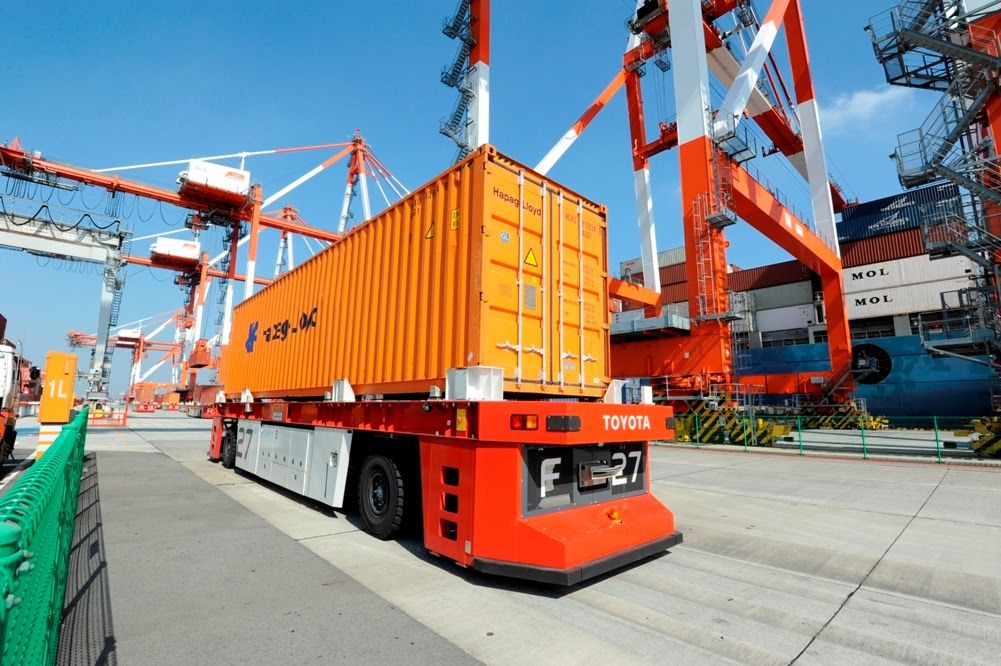Japan administers free trade zones or industrial development zones of international logistics centers in the Naha district (formerly qualified as a free trade zone) and in the Uruma/Okinawa district.
According to information from the World Trade Organization (WTO), these are special economic zones governed by the Okinawa Special Measures for Promotion and Development Act.
Incentives offered to domestic and foreign companies include: a 40% corporate income tax deduction for a period of ten years from the date of incorporation (for domestic companies only); an investment tax rebate; and a special depreciation scheme.
Free Trade Zones
With respect to customs duties, a selective system is applied and the customs bond rate is reduced by half for bonded warehouses and factories under customs control, customs exhibition zones and zones under integrated customs control.
Various local tax incentives are also available.
Subsidies of up to 25% of land and construction costs and up to 50% of transportation costs related to domestic transportation of materials to and from Okinawa Prefecture are available (manufacturing companies benefit from these subsidies).
In addition, the Okinawa Development Credit Corporation offers long-term, low-interest loans for companies establishing themselves in the industrial development zones of international logistics centers.
Projections
French credit insurer Coface expects Japan’s current account surplus to be maintained in 2022, albeit slightly narrower, as the forecast of a large positive income balance should offset a negative trade account.
The upward trend in investment income since the mid-1990s, due to an increasingly positive net foreign asset (NFA) position linked to rising corporate savings, has helped offset a downward trend in the trade balance (goods and services).
A sustained global recovery in 2022 should underpin Japan’s investment income inflows.
Coface projects the trade balance to remain in deficit, as the estimated reduction in the services trade deficit is likely to be offset by a smaller goods trade surplus.
A gradual pickup in travel-related services inflows, thanks to the relaxation of border restrictions, and a modest rebound in international tourism should improve the services deficit.
Meanwhile, a continued improvement in domestic demand would boost goods imports, weighing on the merchandise trade balance, especially as export growth (e.g., automobiles) is likely to slow amid prolonged supply chain disruptions and shortages of key materials.
![]()

